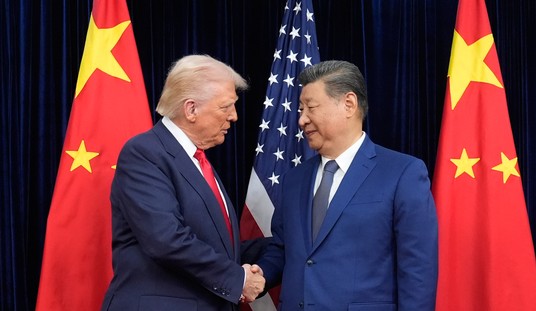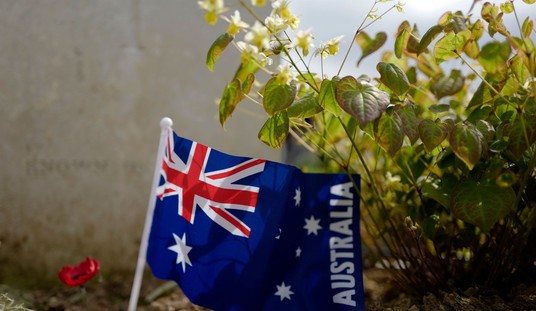Perhaps the subject of the terror attack on the US consulate in Benghazi will become more academic than political after the 2016 election denied Hillary Clinton the presidency. For now, though, documents continue to emerge that contradict the narrative created by Hillary and the Barack Obama White House about the nature of the attack. Yesterday, Judicial Watch received 54 more pages from its FOIA lawsuits and came across a bombshell buried in them. Notes of a State Department briefing for Congressional aides on the day after the attack show Undersecretary Patrick Kennedy acknowledging that the attack was not a protest gone bad, or even an attack under the cover of protest. It was, Kennedy told the Congressional aides, “a direct breaching attack”:
Judicial Watch today released 54 pages of new State Department documents, including a transcript of a September 12 2012, telephone conference call with congressional staffers in which then-Under Secretary of State for Management Patrick Kennedy admitted that the deadly terrorist assault on the Benghazi Consulate was not “under cover of protest,” but was, in fact, “a direct breaching attack.”
The exchange comes late in the conversation with Robert Carter, an aide to Rep. Michael C. Burgess (R-TX). Carter asks Kennedy directly whether this involved a protest, and Kennedy says no:

Earlier in the briefing, Kennedy also tells a staffer from the Senate Foreign Relations Committee that the attack was “semi-complex,” and later adds that it included “medium” weapons such as RPGs and/or mortars, indicating some significant planning. Four days later, Susan Rice — also a State Department official at that time — went on four Sunday talk shows to say exactly the opposite. Rice claimed, as did Clinton and Obama for two weeks, that the attack grew spontaneously out of a protest against an amateurish and obscure YouTube video. Not once in these notes does the subject of a YouTube video come up at all.
That’s highly significant. Kennedy’s description of events in these notes matches pretty well with the final recap, although it appears to elide over the fact that it was two separate attacks over 13 hours rather than just one attack. It’s accurate on the “direct breaching attack” and the use of medium weaponry, all indications of a planned attack, and Kennedy even points out that a terror group had taken credit for the attack without naming it (Ansar al-Shariah, which later turned out to be accurate).
By September 12th, the State Department knew full well that there was no factual basis to claim that it was anything other than a planned terrorist attack and had already told Congress the same thing. And yet, State and the White House had Rice make that case anyway, less than two months before the 2012 presidential election.
Interestingly, one staffer wonders about the readiness of the consulate at the time of the attack, given that it took place on the anniversary of 9/11. “Equivalent of defcon 5,” the notes indicate Kennedy’s response — the lowest readiness setting. That’s astounding, given the location of the consulate and the level of protection that we could have expected from the weak Libyan government at that time. Remember, by this time all other Western nations had pulled out of Benghazi because of the threat of terror networks that had already begun operating openly in the failed state. Just a few months earlier, terrorists had attempted a “direct breaching attack” against this same consulate. That certainly might explain why the Obama administration and Secretary of State Clinton were in such a hurry to blame the whole thing on a YouTube video rather than their own lack of preparation and foresight, especially with an election on the near horizon.








Join the conversation as a VIP Member